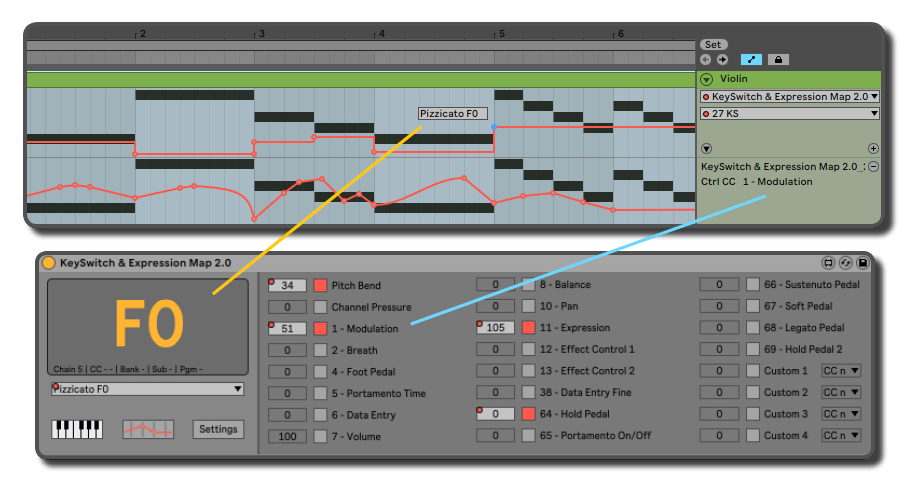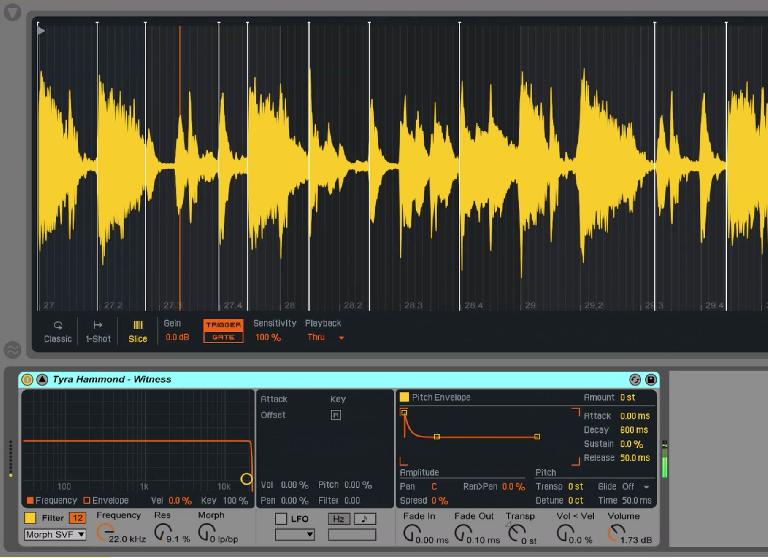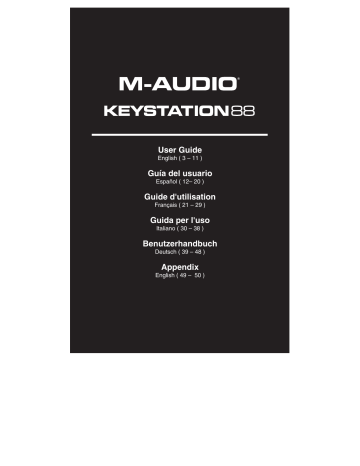
This is what the Back to Arrangement button is for, which is found in the Master Track in the Session View and at the top-right of the scrub area in the Arrangement View. The track will not resume Arrangement playback until explicitly told to do so. In particular, if the track was playing an Arrangement clip, it will stop it in favor of the Session clip - even as the other tracks continue to play what is in the Arrangement. So, who wins? When a Session clip is launched, the respective track stops whatever it is doing to play that clip. Therefore, one usually puts clips that should play alternatively in the same Session View column, and spreads out clips that should play together across tracks in rows, or what we call scenes ( see 7.2).Īt any one time, a track can be playing either a Session clip or an Arrangement clip, but never both.

A simple rule governs the cohabitation of clips in a track:Ī track can only play one clip at a time. In the Session View, the tracks are laid out in columns, while in the Arrangement View they are stacked vertically, with time moving from left to right.

The Session and Arrangement share the same set of tracks. Tracks host clips and also manage the flow of signals, as well as the creation of new clips through recording, sound synthesis, effects processing and mixing. This works because Arrangement and Session are connected via tracks. One can, for instance, improvise with Session clips and record a log of the improvisation ( see 7.5) into the Arrangement for further refinement. The Arrangement View and the Session View interact in useful ways. The Arrangement and Session View Selectors. However, it is important to understand that toggling or swapping the views simply changes the appearance of the Live Set and does not switch modes, alter what you hear or change what is stored. If you’re using two windows, pressing Tab will swap the Session and Arrangement from one window to the other.īecause the two views have distinct applications, they each hold individual collections of clips. If you’re using Live in a single window, you can toggle between the two views using the computer’s Tab key or their respective selectors. The Arrangement is accessed via the Arrangement View ( see Chapter 6) and the Session via the Session View ( see Chapter 7). Each clip’s behavior upon launch can be precisely specified through a number of settings ( see Chapter 14).Ĭlips in the Session View (Left) and in the Arrangement View (Right). Every Session clip has its own play button that allows launching the clip at any time and in any order. Live allows you to record and alter clips, and to create larger musical structures from them: songs, scores, remixes, DJ sets or stage shows.Ī Live Set consists of two environments that can hold clips: The Arrangement is a layout of clips along a musical timeline the Session is a real-time-oriented “launching base” for clips. A clip is a piece of musical material: a melody, a drum pattern, a bassline or a complete song. The basic musical building blocks of Live are called clips. Live Sets reside in a Live Project - a folder that collects related materials - and can be opened either through the File menu’s Open command or via Live’s browser. The type of document that you create and work on in Live is called a Live Set ( see 5.5). Live’s browser ( see 5.1) is the place where you interact with your library of musical assets: the core library of sounds that are installed with the program, any additional sounds you’ve installed via Ableton Packs, presets and samples you’ve saved, your Ableton and third-party devices, and any folders that you’ve added manually. We advise you to read this chapter early in your Live career, as a solid understanding of the program’s basic principles will help you fully exploit Live’s potential for your music-making.

This chapter introduces the essential concepts of Live.


 0 kommentar(er)
0 kommentar(er)
